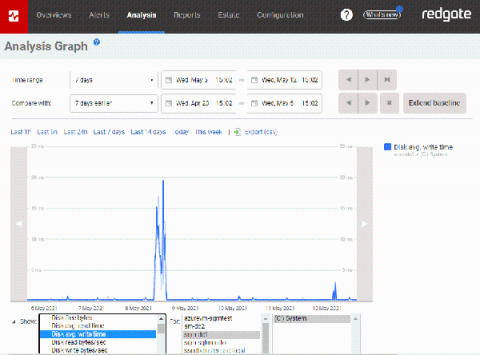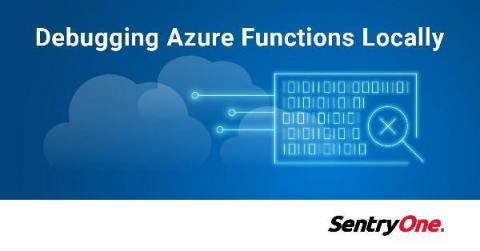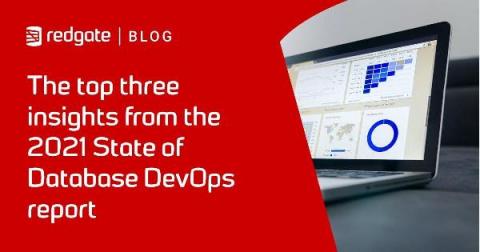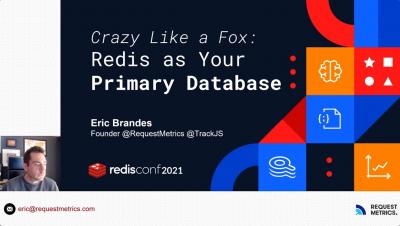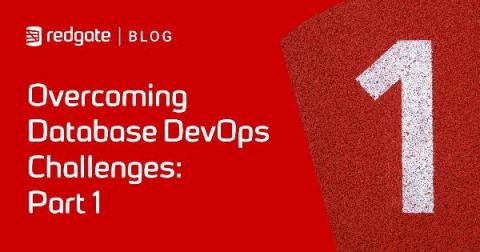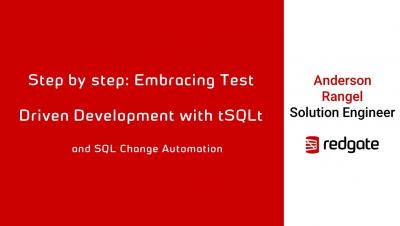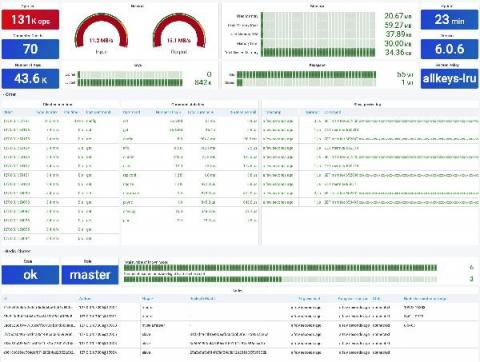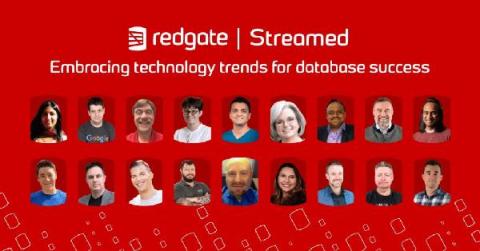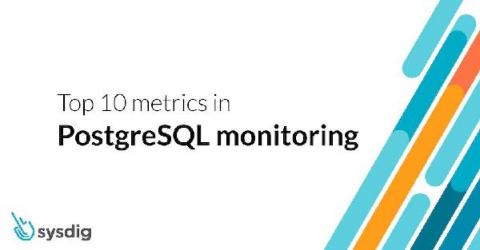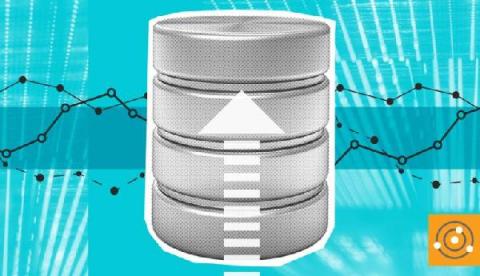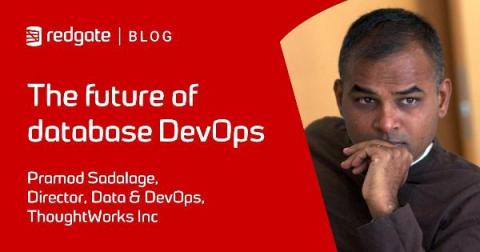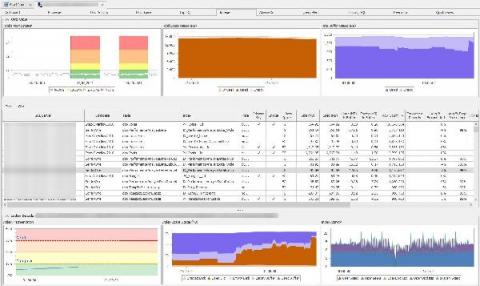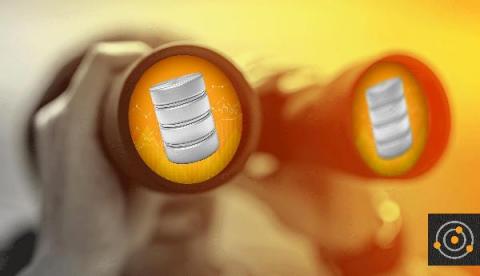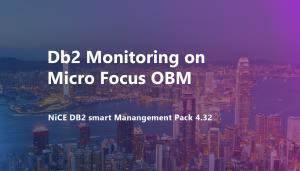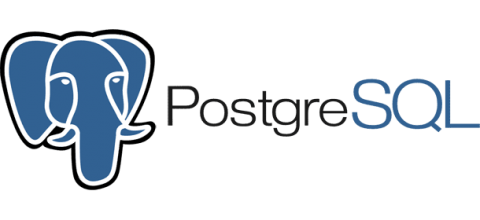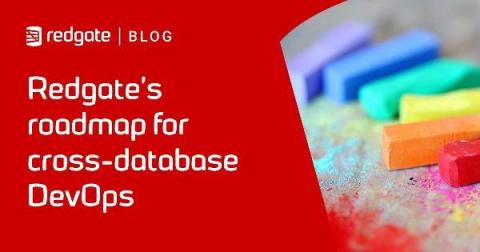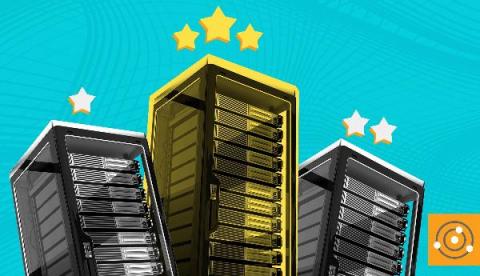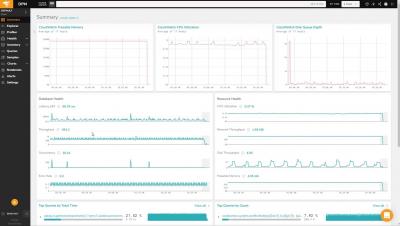Operations | Monitoring | ITSM | DevOps | Cloud
May 2021
The four best features to look out for in SQL Monitor
Why Does My Database Need Indexes?
Debugging Azure Functions Locally
The top three insights from the 2021 State of Database DevOps report
Crazy Like a Fox: Redis as Your Primary Database
Monitoring and Tuning Open-Source Databases
Overcoming Database DevOps Challenges: Part 1
Step by step: Embracing Test Driven Development with tSQLt
New plugins connect almost all of Redis for monitoring and visualization in Grafana
Mikhail Volkov is building observability and monitoring solutions at Volkov Labs and leading Redis plugins for Grafana. Since the Redis project first got underway in 2009, the open source in-memory data store has been embraced by thousands of companies of all types and sizes. According to Stackshare.io, well over 5,000 companies use Redis, including Uber, Airbnb, Twitter, Instagram, and Slack.
The Role of the DBA Is Changing
What Is the Database Server Doing?
A Beginner's Guide to Building and Maintaining Database Documentation
Top 10 metrics in PostgreSQL monitoring with Prometheus
PostgreSQL monitoring with Prometheus is an easy thing to do thanks to the PostgreSQL Exporter. PostgreSQL is an open-source relational database with a powerful community behind it. It’s very popular due to its strong stability and powerful data types. In this article, you’ll learn the top 10 metrics in PostgreSQL monitoring, with alert examples, both for PostgreSQL instances in Kubernetes and AWS RDS PostgreSQL instances.
How Query Sampling Improves Database Performance
The Future of Database DevOps
A DBA's Habit for Success: CMMI (Part Two)
How to Speed Database Troubleshooting
Identifying Index Fragmentation With SQL Sentry
AdventureWorks, classified in under 20 minutes with SQL Data Catalog
Rapidly Resolve Database Problems With Data Visualization
Ten Reasons Foglight is the Right Database Monitor for Your Business
Digital transformation is creating many challenges for businesses including data platform diversity, IT skills gaps, cost control (especially cloud) and a more complex technical environment that can have performance issues with many possible causes. Speed, always-on, outstanding customer experience, and cost control are the business requirements driving digital transformations and resulting in performance and risk challenges facing database operations teams. What are those challenges?
Introduction to database testing
In software development, processing and storing data in different states reflects the business rules an application is built on. The heart and soul of any software application is the data that is persisted in databases for retrieval and further processing. The database system (SQL or Non-SQL) chosen for an application must serve the required data processing and storage needs of the application.
6 Smart Practices That Optimize Database Performance Monitoring
The best business decisions are backed by data. Companies that constantly collect, analyze, and proficiently store this are more likely to succeed in the long run. An organization's database can be a direct source of revenue. Not only in the sense that data can be sold, but the insights produced can help the business too. Data about customer habits, market trends, etc., can enable a company to optimize its practices and find the most effective way to conduct tasks.
NiCE DB2 smart Management Pack 4.32 released
NiCE DB2 smart Management Pack 4.32 The NiCE DB2 smart Management Pack enables advanced health and performance diagnostics for DB2 databases using the Micro Focus Operations Bridge Manager. Leverage your existing investment, reduce costs, save time, and build efficiencies that will last beyond your expectations. Get the new NiCE smart DB2 Management Pack 4.32 and start advanced Db2 monitoring now. We are looking forward to smartening up your enterprise application monitoring.
Monitoring PostgreSQL with Bleemeo
In this blog article, you will discover how to setup a complete monitoring of your PostgreSQL server with Bleemeo. Agent setup and dashboards creation will be covered.
Redgate's roadmap for cross-database DevOps
How Database Performance Analysis Can Inform Database Selection
SQL Sentry + SentryOne Document = Environment Map
SolarWinds Experts to Explore Data Optimization and Database Performance Management Techniques at QCon Plus 2021
The technology challenge of mergers and acquisitions in the insurance sector
VMware Tanzu SQL: MySQL at Scale Made Easy for Kubernetes
We are happy to announce that VMware Tanzu SQL with MySQL for Kubernetes 1.0 is generally available! Tanzu customers can easily run MySQL at scale on Kubernetes with this new release, which complements our existing Postgres engine for Kubernetes. Even better, with this new release Tanzu Advanced customers now have the two most popular open source operational databases included with their purchase.
Diagnosing Database Performance Problems When You Aren't a Database Administrator
Deep specialization of IT administrators is a luxury only the largest organizations can typically afford. Smaller organizations rely on IT administrators with a more generalist skill set because they are—by necessity—responsible for a wide array of different technologies, and there simply isn’t time to specialize in the intricacies for any one of them. Yet modern IT is intricate.



